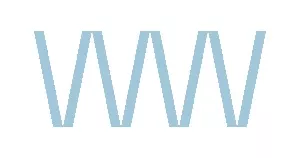- within Litigation, Mediation & Arbitration, Privacy and Intellectual Property topic(s)
- with Senior Company Executives, HR and Finance and Tax Executives
- with readers working within the Accounting & Consultancy, Business & Consumer Services and Chemicals industries
The Earthquake Commission ("EQC") is coming to the end of its Canterbury Home Repair Programme ("CHRP"). It is now looking to recover the excess payable for work managed by Fletcher EQR.
From April, EQC will begin posting invoices for excess(es) on completed CHRP repairs as part of the final steps of EQC's programme.
Under the Earthquake Commission Act, EQC pay for the repair or replacement of the damage, less applicable excesses for building, land and contents claims.1 An excess is the amount a homeowner is required to contribute towards the claims for a natural disaster event; sometimes more than one excess applies, for example where the damage has been caused by two or more different earthquakes.
Those homeowners who have already received a cash settlement payment from EQC have already had the excess(es) deducted. Where EQC opted to carry out the repairs under CHRP, EQC prioritised fixing the home over collecting the excess before the works began. For those homeowners who received cash settlements for their land and/or contents claims, an excess may still be payable in respect of the building repair works. Any CHRP customers who don't owe any excess, will receive a letter from EQC advising them of their position.
The amount of the excess payable is calculated under a specific formula2. Usually, the excess for a single standalone dwelling is 1% of the total repair costs, subject to a minimum excess of $200. The actual excess payable will depend on the total costs of the repairs, including variations. EQC advise that excess invoices will be generally in the range of between $200 and $600.
EQC's invoicing process will begin in April 2015, with the majority expected to be issued before the end of the year. Customers who will be receiving an invoice, will be advised in advance. They will have 3 months to pay the full amount of the invoice, or the undisputed portion. If customers have difficulty over making payment because of their personal circumstances, then EQC can discuss special arrangements.3
For those homeowners who have sold their home after the repairs were completed, then the owner at the time of the repair is required to pay the excess, because they have had the benefit of the repair. If there is a specific agreement between the vendor and purchaser, or Deed of Assignment of the EQC claims, that makes the purchaser liable for the payment of excess, then the new owner will be liable.
When buying and selling property that has had some repair work completed by EQC it is important that the parties have a clear understanding over who will pay the excess when demanded by EQC.
Footnotes
1Clause 1, Schedule 3 of the Act
2Regulation 4, Earthquake Commission Regulations
1993
3Check EQC website :



